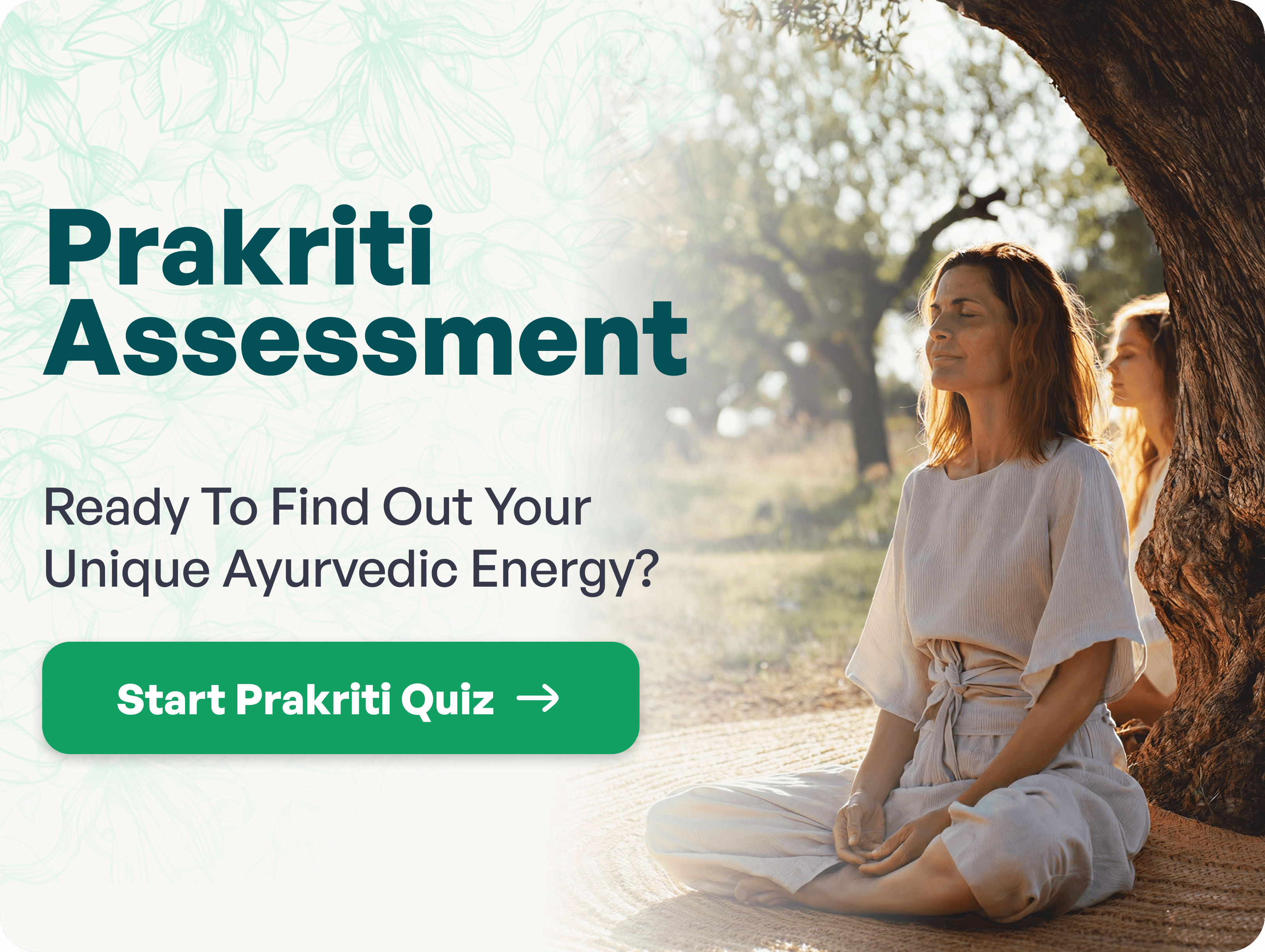Written by Dr. Bhavya
Medically reviewed by Dr Naveen Chandran
Updated on February 11, 2025
10 Exercises to Lower Blood Pressure and Improve Heart Health
You must have felt your heart pump more when you jog or run. This change is because of the increased blood rushing into your heart, and the heart, in turn, pushes out more blood to provide your muscles. It means your heart is trying to clear how to work efficiently. When your heart is efficient, it dramatically helps manage your blood pressure.
Health experts agree that physical activity and exercise training play a significant role in blood pressure management. Combining aerobic exercises, dynamic resistance training, and concurrent training can help people with hypertension. (1)
With this guide's help, you can practise ten super easy exercises for high blood pressure.
Let's jump in!
Jump to section
- Best Exercises for Heart Health to Reduce Blood Pressure
- Benefits of Cardiovascular Exercises
- Exercise Guidelines for Beginners
- Conclusion
Best Exercises for Heart Health to Reduce Blood Pressure
Exercises to reduce blood pressure and cardiovascular fitness go hand in hand. The organs you must target to reduce your blood pressure are;
- The heart and blood vessels
- The brain
- The lungs
Add these mild exercises to reduce your blood pressure and enjoy the benefits of a healthy lifestyle.
1. Brisk Walking
Regular walking at an elevated pace helps reduce systolic (upper value of blood pressure) and diastolic (lower value of blood pressure) over time.
- Brisk walking improves circulation by improving blood flow to the heart. This circulation helps deliver nutrients and oxygen throughout the body.
- Walking also supports weight management, an essential aspect of controlling blood pressure.
2.Jogging and Running
Regular jogging improves your heart health and maintains your blood pressure.
- Jogging and running help strengthen your heart and lungs. It's simple, without much effort and strain, and an excellent exercise for heart health.
- Jogging helps your heart pump blood more strongly.
- Exercise improves cardiovascular fitness by improving endurance and efficiency.
3.Cycling
Regular cycling, at least 15 minutes daily, improves heart health and helps regulate blood pressure. More than interior machine cycling, it's best to go to nature and embrace the holistic benefits of cycling.
- Cycling helps you increase your heart rate and blood circulation.
- Cycling is an effective exercise that helps your heart pump more vigorously.
- This low-impact exercise also helps you reduce the stress on your joints, which is a bonus point as you exercise for your heart as you age.
4.Swimming
Swimming at least 30 minutes a day will help you get the benefit by lowering the blood pressure. (2)
- Swimming is a full-body workout. It engages multiple muscle groups as well as the pumping of your heart.
- Swimming is an aerobic exercise that gives more blood to your heart muscles.
5.Strength Training
- Strength training helps you build lean muscle mass, which supports weight control.
- The training also helps boost metabolism and calorie burning for good weight management, positively affecting your blood pressure.
A study found that strength training at least two to three times a week can effectively treat hypertension. (3)
6.Yoga
Yoga comprises different movements and postures with controlled breathing: this breathing and mild exercise help maintain the brain and heart balance.
- Yoga's stress-relieving benefits have an extensive effect on lowering blood pressure.
- Yoga has reduced systolic and diastolic blood pressure by at least 7 and 5 mm of Hg, respectively. (4)
- Yoga will improve your overall well-being and is an excellent exercise for heart health.
7.Pilates
Pilates aims to improve the core muscles and strengthen, stabilise, and balance.
- Pilates also help improve overall body awareness and body relaxation.
- Pilates assists in keeping the arteries elastic, thus keeping the blood flowing and reducing the blood pressure.
A pilates session helps reduce blood pressure by at least 5-8 mm of Hg. (5)
8.High-Intensity Interval Training (HIIT)
High-intensity interval training is an exercise for cardiorespiratory fitness, which in turn helps manage blood pressure.
- A study showed a 19% increased risk of hypertension with a 1-minute reduction of treadmill time test. You can avoid a risk of hypertension of about 21% by increasing cardiorespiratory fitness levels. (6)
To practise HIIT, you can walk at a comfortable pace for 5 minutes, then briskly walk for 20 seconds. Then, walk comfortably for 2 minutes, and repeat this five times.
9.Hiking
Hiking can be one way to keep your heart healthy and a fun activity that you can add to get your heart pumping right. It is a mindful addition to your lifestyle that can combine exercise and heart health.
- A study by Stanford University claimed that the brain was calmer than before with 90 minutes of hiking.
- Hiking showed a reduced blood pressure of up to 10 points.
10.Stretching Exercises
Everyone thinks that stretching is just about stretching your muscles, but when you stretch your muscles, you also stretch all the blood vessels that feed into the muscles.
- A study by the University of Saskatchewan found that those stretching experience lower blood pressure.
- You can add stretching, such as calf stretch, seated march, or seated forward bend, to your regular exercise routine to give your heart that mild push it needs.
- Stretching exercises are also exercises for cardiovascular fitness.
The above exercises are also called cardiovascular exercises or exercises for overall heart health.
Let's see what the overall benefits of these exercises are.
Benefits of Cardiovascular Exercises
Cardiovascular exercises involve activities that increase heart rate and breathing. These exercises have additional benefits, including managing hypertension or blood pressure.
- Weight management
- Improved lung function
- Improved overall circulation
- Increased stamina and endurance
- Mood enhancement
- Improved sleep
- Stress reduction
- Better cognitive function
- Overall, a healthier life and longevity
The American Heart Association recommends that adults exercise at least 150 minutes of moderate-intensity aerobics or 75 minutes of vigorous-intensity exercises per week to lower blood pressure.
But wait! You can't jump directly into a 150-minute workout now, can you? Your body needs to take it slow. Otherwise, your heart may get loaded up unnecessarily. So read these guidelines before you start your cardiovascular fitness exercise journey.
Exercise Guidelines for Beginners
- Start working out slowly and let your body adapt to the immediate changes.
- Choose a mix of cardio, strength training, and flexibility exercises to give different movements to your body.
- Add vigorous training and low-intensity training one after another.
- Pay attention to any immediate discomfort or body changes like dizziness or pain.
- Keep yourself hydrated, and maintain a balanced diet.
- Consult a healthcare professional for any associated heart conditions or other health issues.
- Remember to warm up and cool down to gradually increase and decrease your heart rate.
- Ayurveda recommends that we exercise at just fifty per cent of our capacity. That can be said until we break a mild sweat on the forehead, underarms, and along the spine or until the first sign of dryness in the mouth.
If you have any existing health conditions,
- Get a medical clearance for an exercise program.
- It's best to choose tailor-made exercise recommendations according to your health condition.
- Monitor your health regularly and adjust your exercises routinely. Take medications regularly and be aware of how medications affect your exercise tolerance.
Always remember to prioritise your safety.
Conclusion
This blog shows how regular exercise helps lower your high blood pressure. The variation can be about 5 to 8 mm of Hg. It would help if you kept exercising to keep your blood pressure from rising again. Aim for at least half an hour of moderate physical activity daily.
Exercise also helps prevent elevated blood pressure from turning into high blood pressure (hypertension). Even if you have hypertension, with regular physical activity, you can bring it down to safer levels.
Consult your healthcare professional to know what exercises or physical activity works well for your heart health.
Frequently Asked Questions
Exercise improves cardiovascular health and positively affects blood vessels. It also helps with weight management and reducing BMI; fat accumulation helps improve blood pressure.
For optimal results, adopt activities that suggest brisk walking, jogging, cycling, or swimming. If you have good endurance, you can go for strength training or high-intensity workouts.
Adding strength training exercises 2 to 3 times weekly will reap overall health benefits.
A Holistic approach combining regular exercise, stress management, and a balanced diet can promote optimal cardiovascular health and help control blood pressure. Holistic health aims to balance mind and body and even reduce stress, which can have a good effect on lowering blood pressure.
Individual responses may vary according to your health condition, but positive changes can be seen within weeks if you are healthy and want to reduce your blood pressure. The emphasis is on the importance of consistency.
Dr. Bhavya
She offers a holistic approach to healing that focuses on the interplay between the body, mind, and spirit. Her expertise in these areas allows her to provide comprehensive care for various conditions, from musculoskeletal disorders to stress-related illnesses. She is dedicated to empowering women to take control of their health and well-being. Her proactive approach to healthcare emphasises the importance of preventive measures and natural remedies.

8 Effective Face Yoga Exercises to Reduce Marionette Lines Naturally
15 Foods to Avoid with Gallbladder Issues & Best Foods for Gallbladder Health
Understanding Your Gut Type and Its Impact on Health
4 Simple Ways to Manage Hot Flashes at Work
3 Stretching exercises for desk workers - Get Relief from Neck, Back and Wrist Pain









